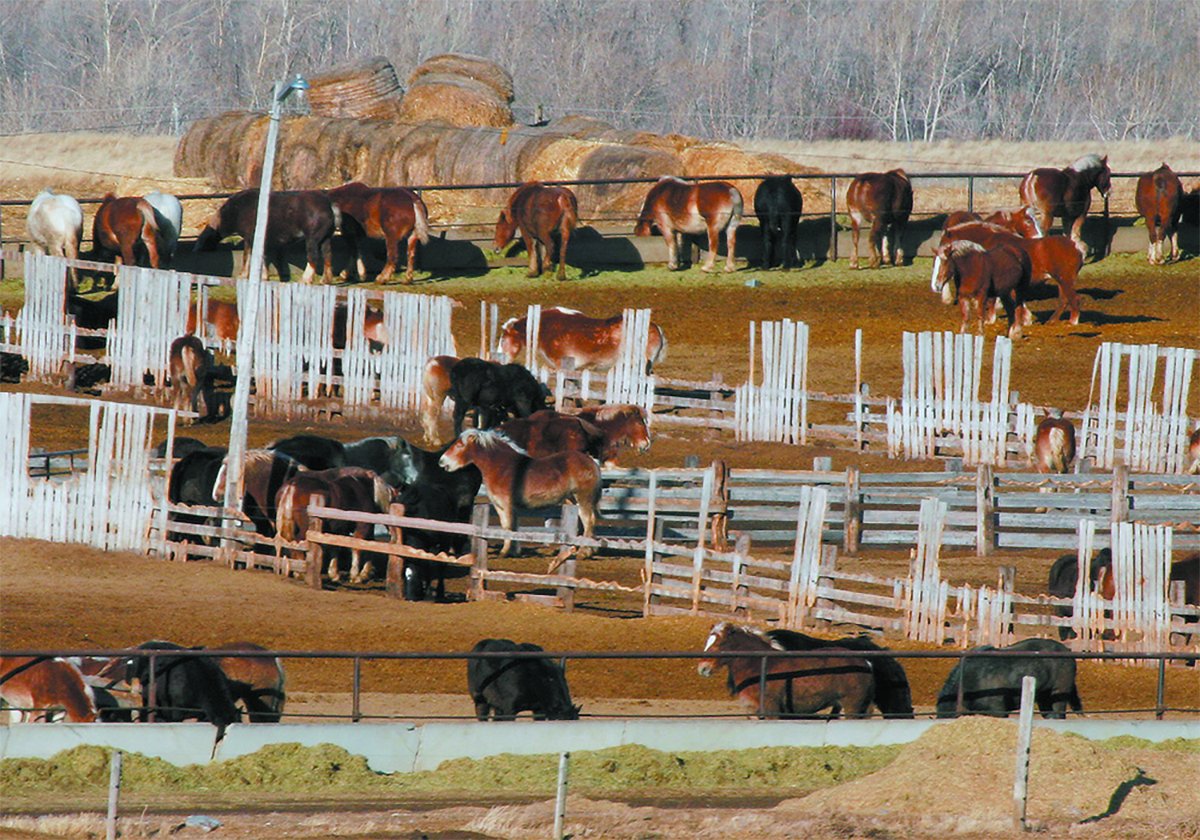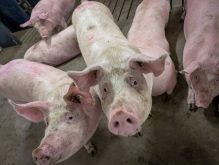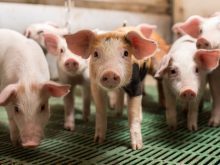A component that can be added to vaccines could reduce an animal’s chance of contracting shipping fever.
The adjuvant is a stimulant called CpG, a compound that improves the immune system response in animals. Following clinical trials it should be ready for commercialization within three to five years, said George Mutwiri of the Vaccine and Infectious Diseases Organization in Saskatoon.
“It is being added to existing commercial vaccines. It is not a new vaccine,” he said.
Calves could receive it with their regular vaccinations but it is not known if boosters are needed to give the immune system an extra jumpstart.
Read Also

Canada’s slaughter horse industry lacks transparency
The lack of clear reporting and public access to data keeps the industry largely hidden, leaving questions about humane treatment and traceability unanswered.
“We are trying to see if we can improve the duration,” Mutwiri said.
The CpG compound can reduce the amount of virus leading to infection. It was originally derived from human medicine used to treat cancer patients in advanced clinical trials.
It is based on DNA sequences from a specific bacteria that scientists know can stimulate immunity. A physician found that injecting a certain type of bacteria into cancer patients resulted in about 40 percent of them going into remission.
“We are tricking the body into thinking it has an infection. The body’s immune system responds as if it were infected with a bacteria or a virus,” Mutwiri said.
Agriculture Canada provided $600,000 to help VIDO and its partners continue their research into a disease that is estimated to cost American and Canadian cattle producers more than $1 billion annually.
Shipping fever involves initial damage to the respiratory tract by bacteria, followed by a virus.
“It is a disease with many causes but results in one disease,” Mitwiri said.
Shipping fever affects calves about a week after they are transported to feedlots from the farms where they were born. It is the biggest killer of beef cattle in feedlots.
Three different benign bacteria are present in cattle nasal passages. These bacteria do not cause problems until young animals are subjected to the stress of weaning, commingling and shipment. The bacteria move into their lungs and cause pneumonia.
Animals that look healthy when purchased may arrive at their destination with decreased appetite, fever, coughing and nasal discharge. If they survive, they grow poorly and need more time and feed to reach market weight.
“It is quite complicated to treat so those animals are often sacrificed,” Mitwiri said.

















